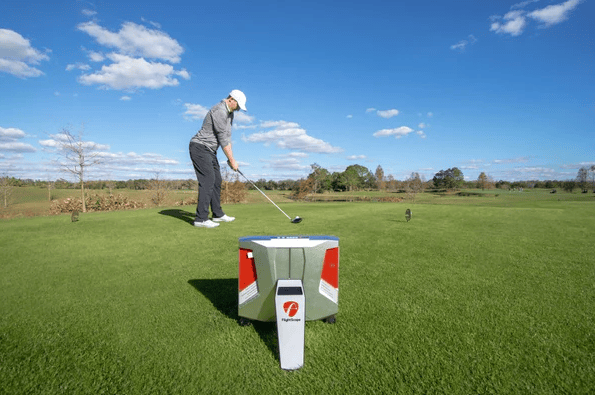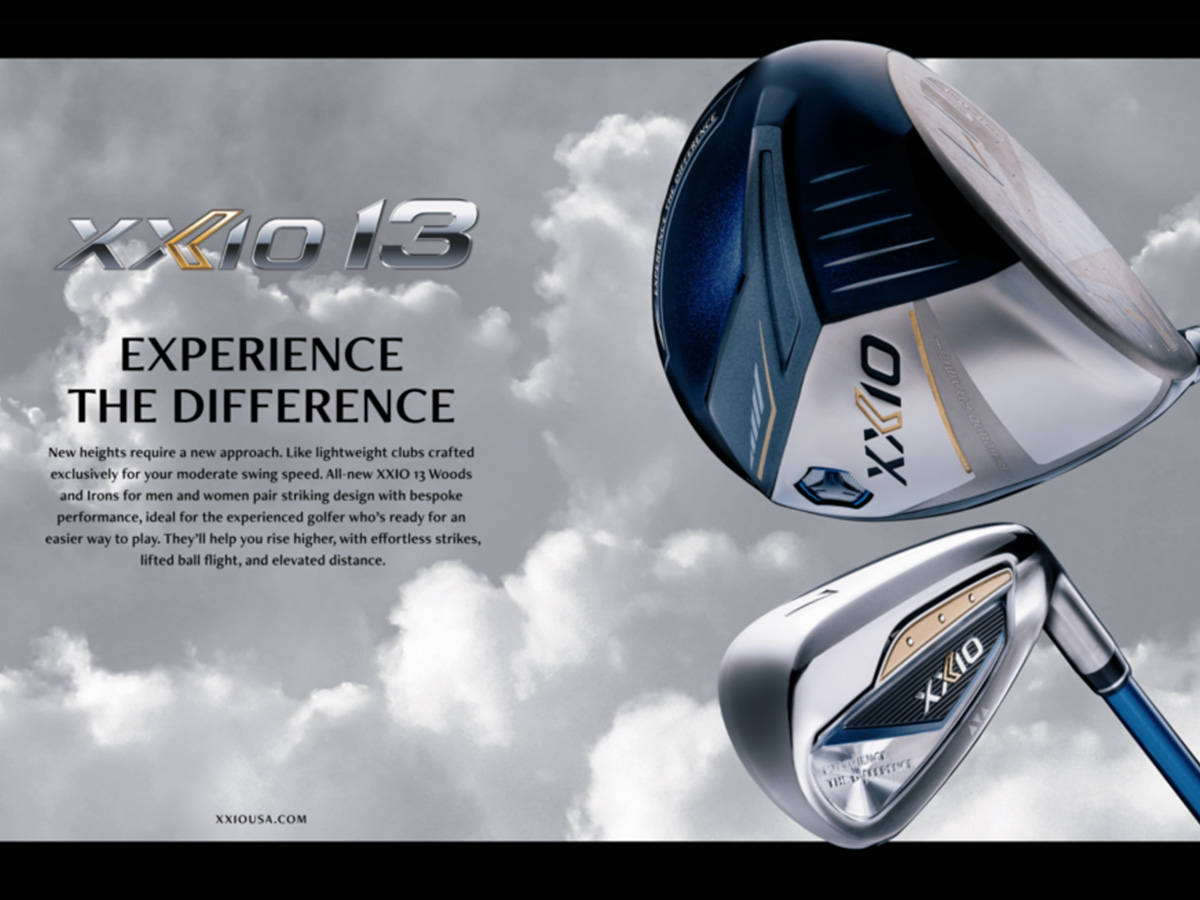Disclaimer – In these following posts I am not promoting nor “Knocking” any particular shaft line or shaft manufacturer. I am simply providing the latest data extracted from the state-of-the-art S3 shaft profiler to more accurately compare certain shafts to one another so that my readers can use their own noggin to make their own individual conclusions. Now I will provide my own opinions and conclusions based on the data provided, but these are only my opinions. Please also keep in mind that utilizing the modern launch monitors which can precisely detail an individual golfers swing profile (including head speed and acceleration), its still up to the clubfitters knowledge and expertise to accurately pair that golfers swing with the best shaft regardless of price or manufacturer.
Note: if you have certain shafts that you would like to compare please shoot me an email and I will be glad to post a comparison for you.
Mitsubishi is still considered one of the premium shaft manufacturers in the industry using the finest material which incorporate many unique properties, designs, and materials including Titanium Nickel Threads and the industry first PNC (Power Ninja Core) stainless steel mesh. So when looking over the shaft line I’m kind of overwhelmed at all the “versions” of their specific shaft lines. Utilizing the new S3 shaft profiling software I decided to compare the model versions of the Fubuki line to see what really makes one better from the other. For demonstration purposes I compared similar weight and flex versions of these shafts. Here are the screen shots:


 Now looking at the deflection profile, they are all pretty much the same. So assuming that my professional clubfitter recommends this shaft profile to optimize my swing profile, and assuming that I am somewhat of a frugal golfer (is there such a thing?) then I would have to conclude that putting my money towards the least expensive version of this line, even though it may be an older model shaft, would be the more prudent option. Now there are certainly many more variables with one of the most important being “Feel”. If one shaft feels considerably better than the other than that would also be something to take into consideration.
Now looking at the deflection profile, they are all pretty much the same. So assuming that my professional clubfitter recommends this shaft profile to optimize my swing profile, and assuming that I am somewhat of a frugal golfer (is there such a thing?) then I would have to conclude that putting my money towards the least expensive version of this line, even though it may be an older model shaft, would be the more prudent option. Now there are certainly many more variables with one of the most important being “Feel”. If one shaft feels considerably better than the other than that would also be something to take into consideration.Andrew is proud to sit on the National Fitters Board with Callaway Golf and has been proudly designated as one of the top 100 fitting centers by Golf Digest ever since this prestigious designation began back in 2010.







